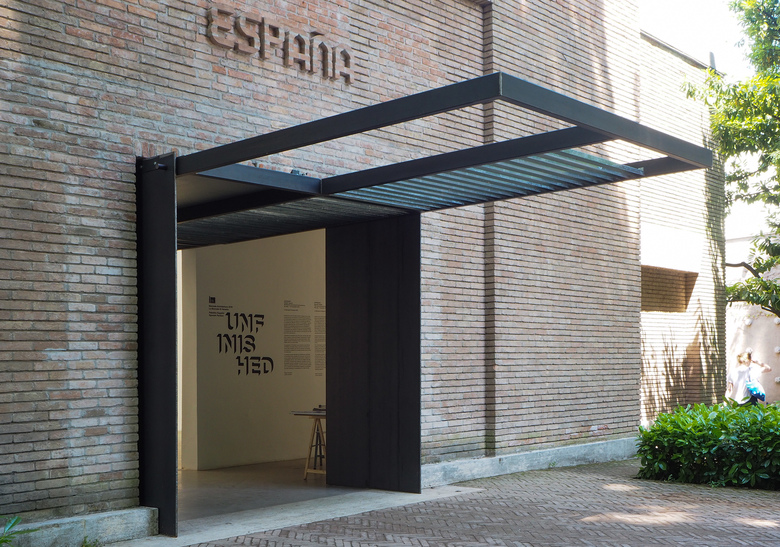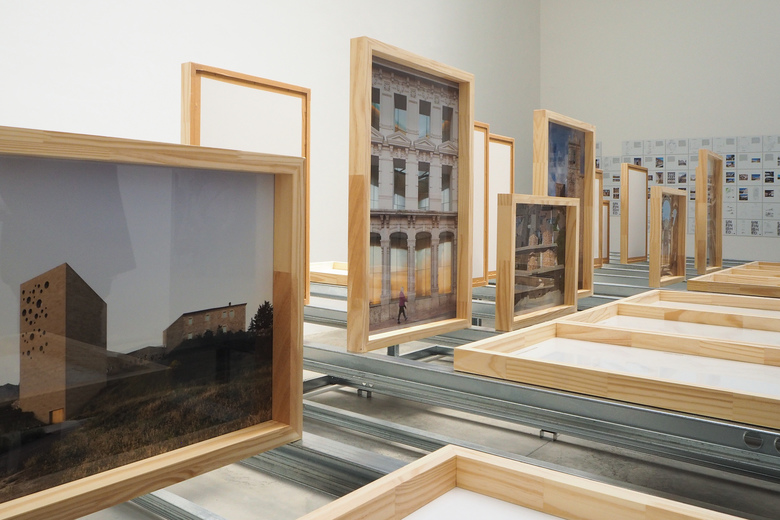“Unfinished” or how Spain has survived the real estate boom
Silvia Pujalte Toledo
30. May 2016
Spanish Pavilion (Photo: Antonio La Gioia/World-Architects)
Spain’s proposal for the Bienal de Venecia 2016 is entitled “Unfinished”: a compilation of unfinished architectures to provoke reflection on how Spanish architecture has responded to the post-boom real estate crisis. The intention of the project’s curators (Iñaqui Carnicero and Carlos Quintáns) is to generate a debate on new strategies that have emerged within this period.
As a reaction to speedy and reckless construction times, the website of the Spanish Pavilion states, “the architects have responded with an architecture that organizes not only the space, but also the time; without the requirements of the past to demonstrate authorship for the project.” Architecture that transforms and adapts, using non-physical materials such as time; and that is diametrically opposed to those forms developed in the years before the crisis.
Interior of the Spanish Pavilion (Photo: Antonio La Gioia/World-Architects)
With the ultimate goal of promoting “a demonstration of creative speculation about the subversion of the past condition in a positive contemporary action,” the Spanish presentation has a central space that is formed to accommodate different activities, seminars, presentations and projections. The rest of the Pavilion is split into four areas: 7 photographic series that reflects on the effect of frenzied construction and its relationship with the financial crisis; 55 selected works; 12 proposals chosen in an open competition; and 11 interviews confirming the processes and methods that have led to new architectures that have been able to adapt to new economic, social and environmental demands.


